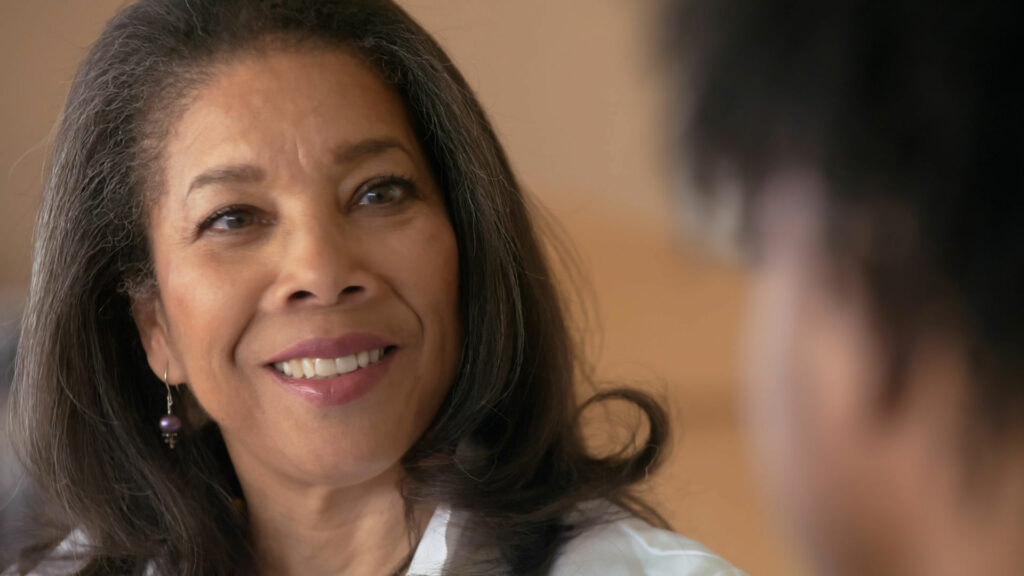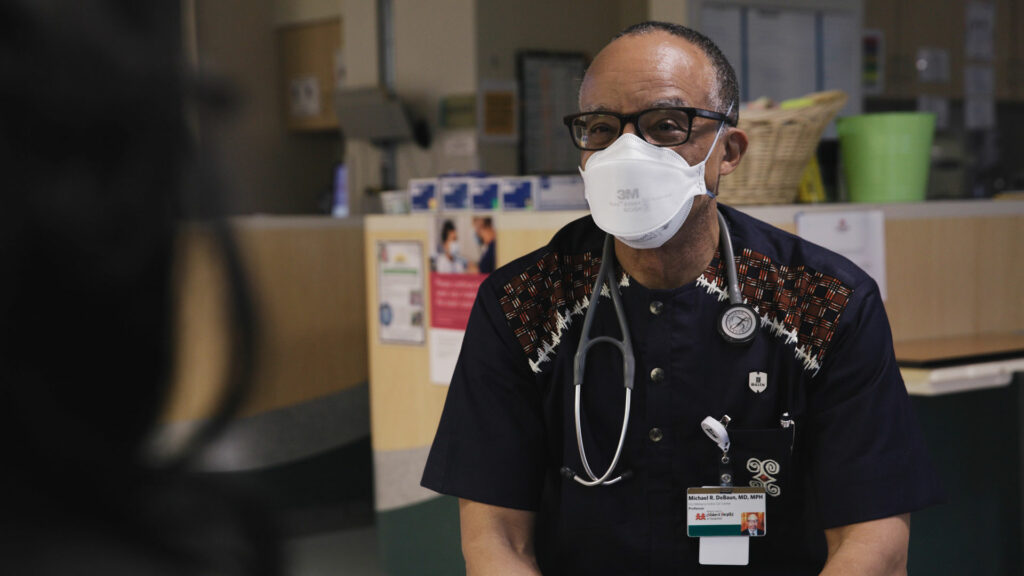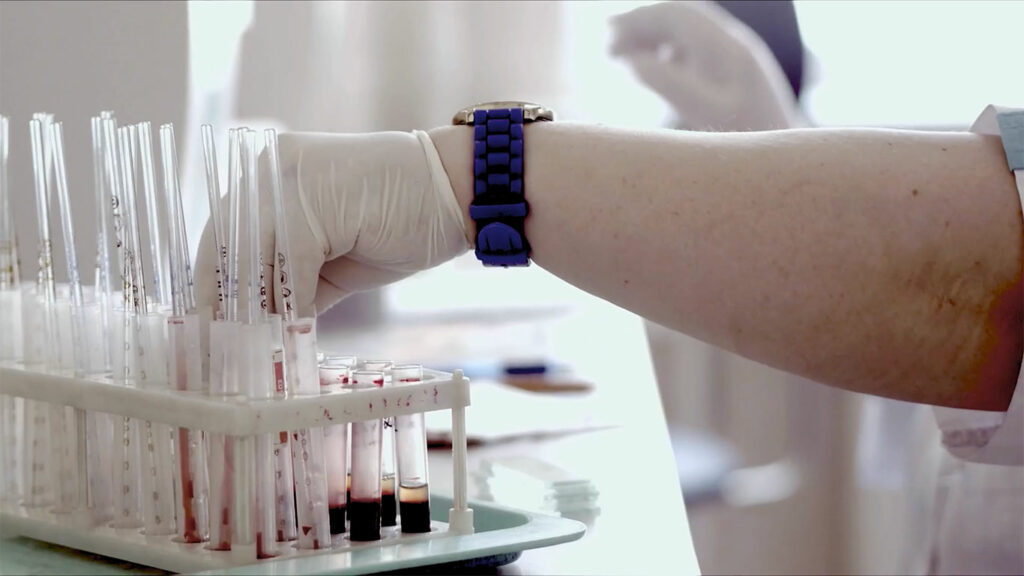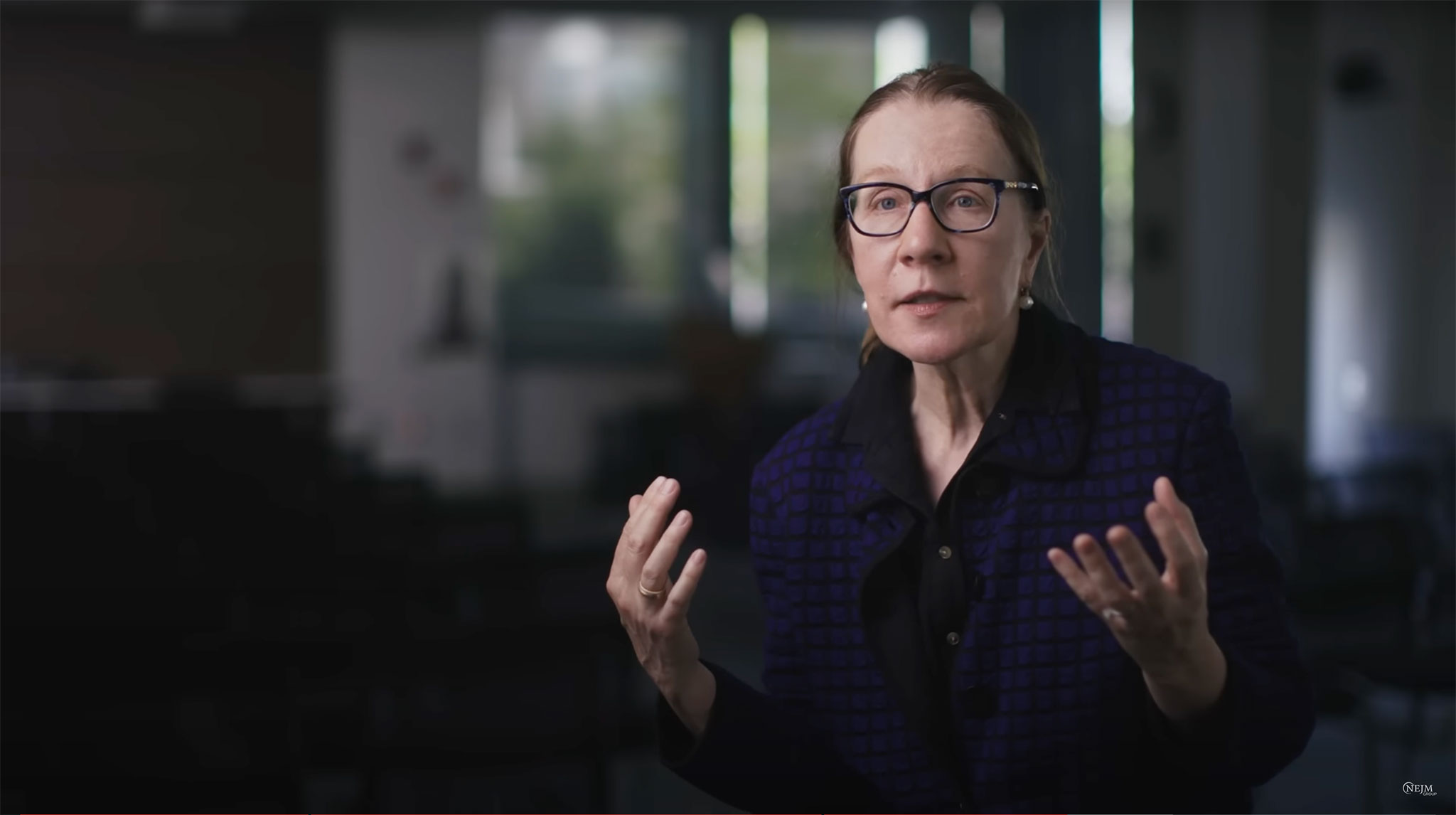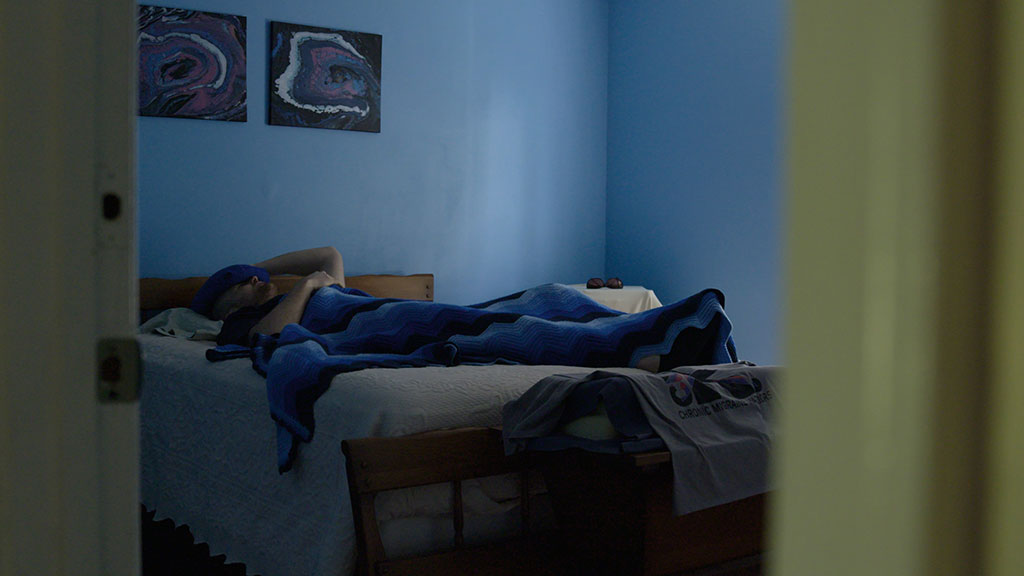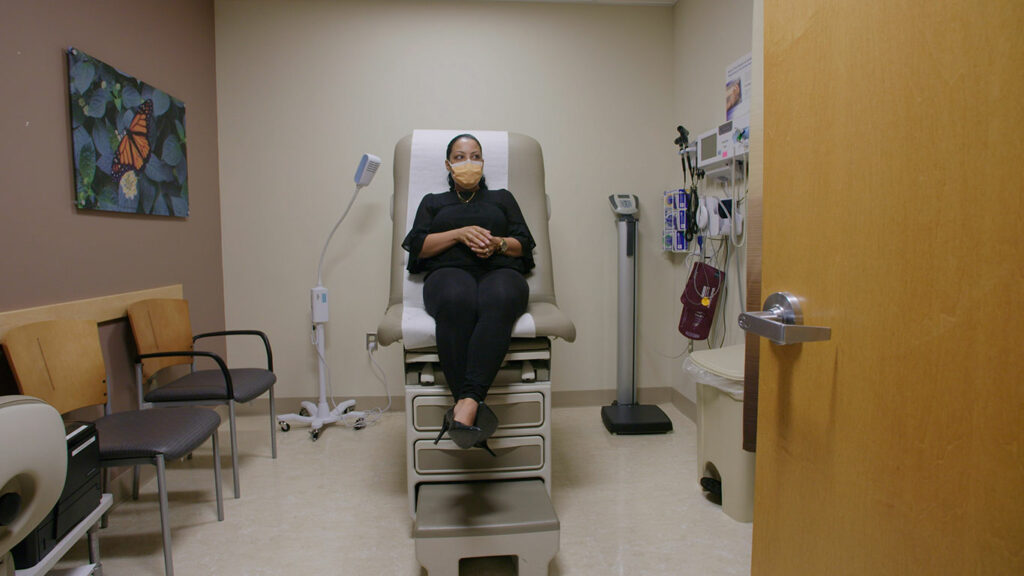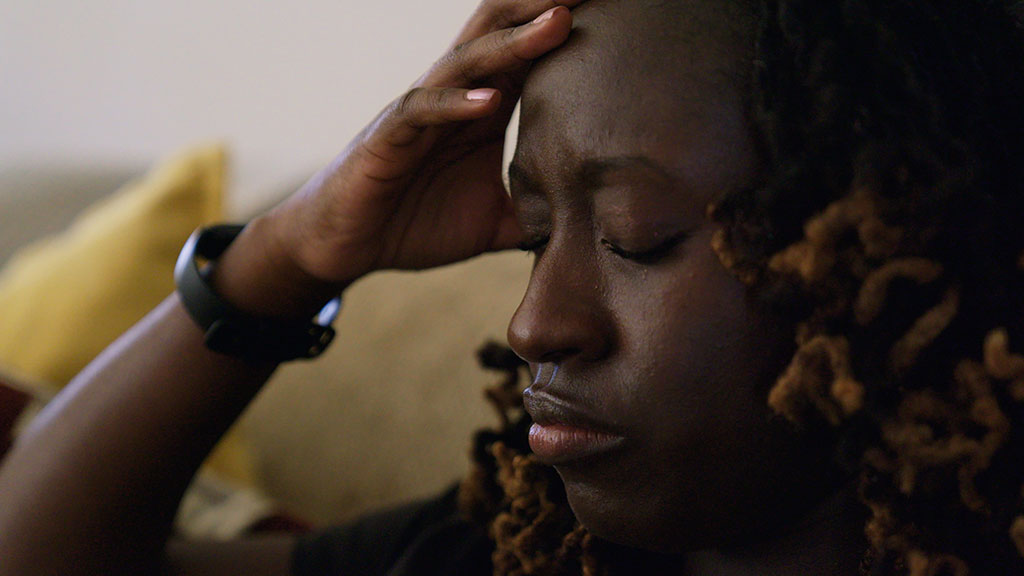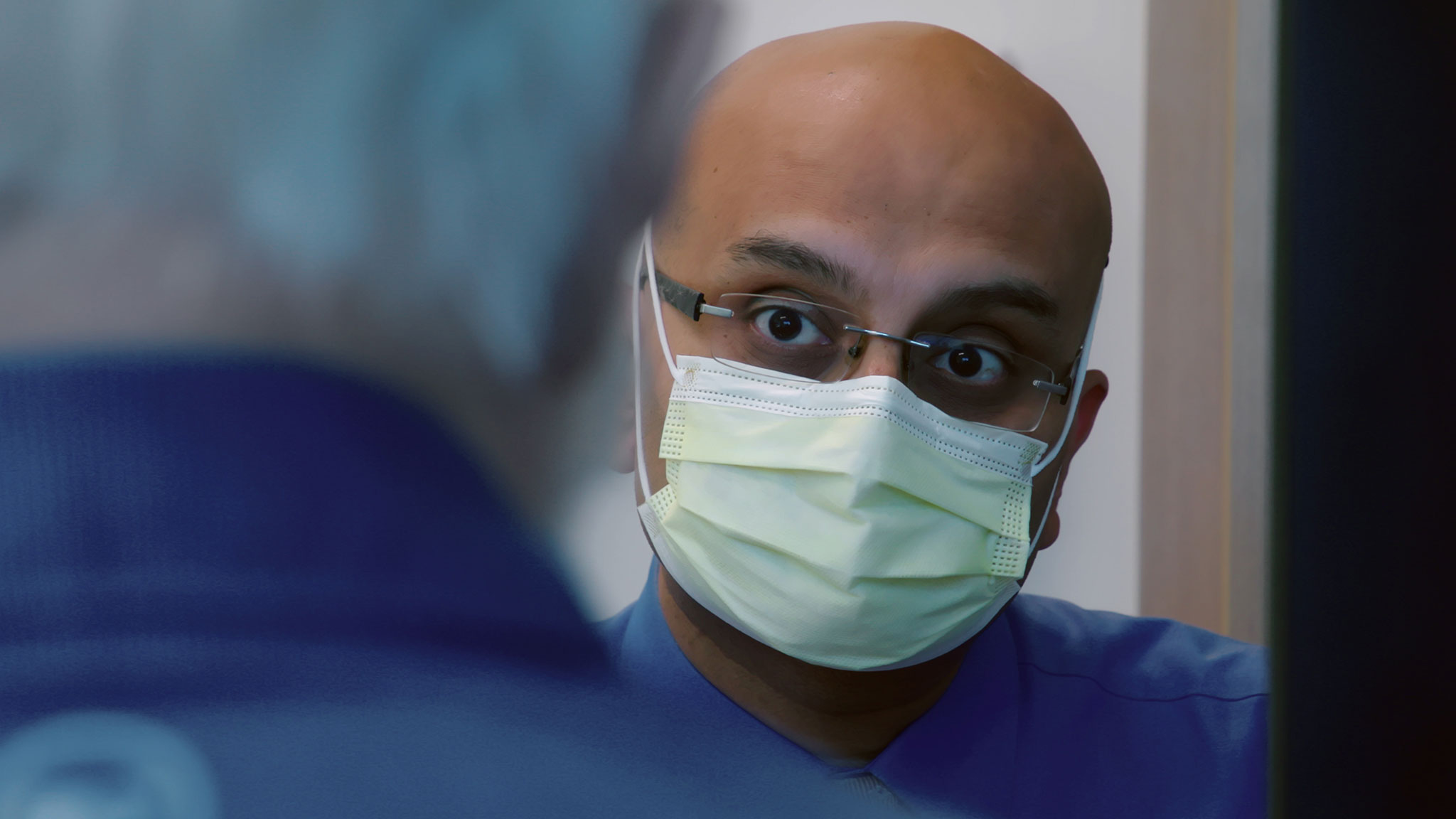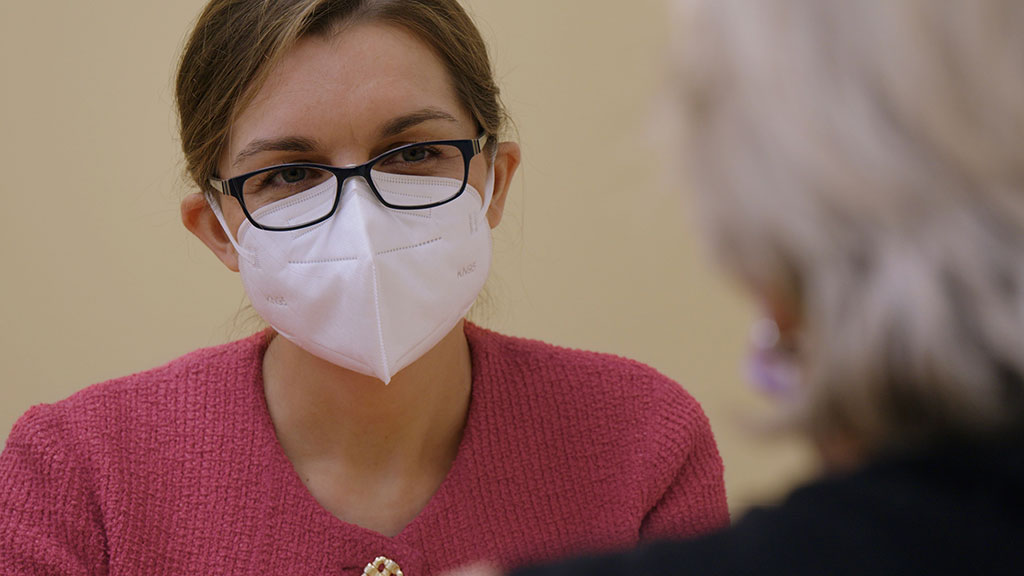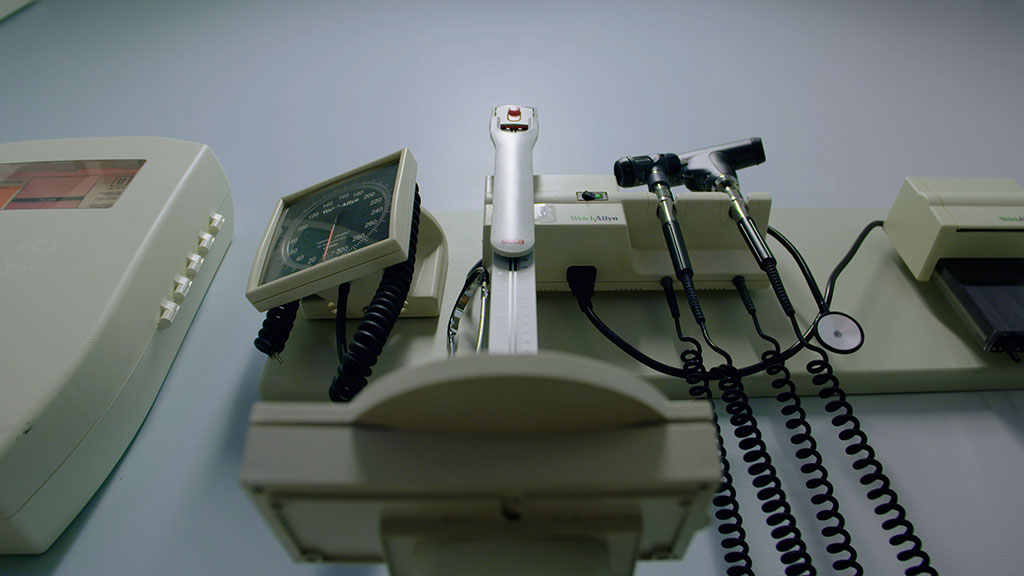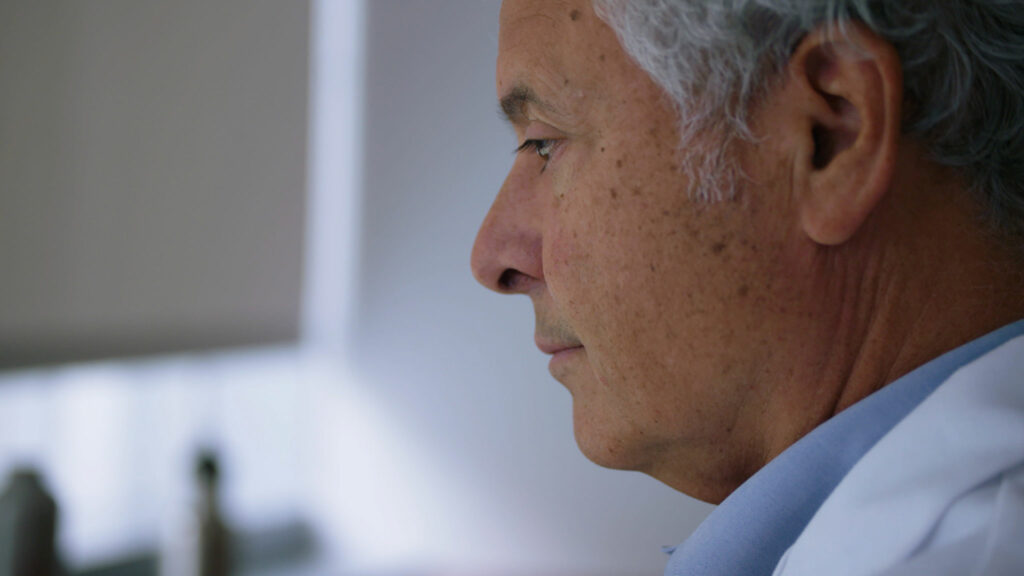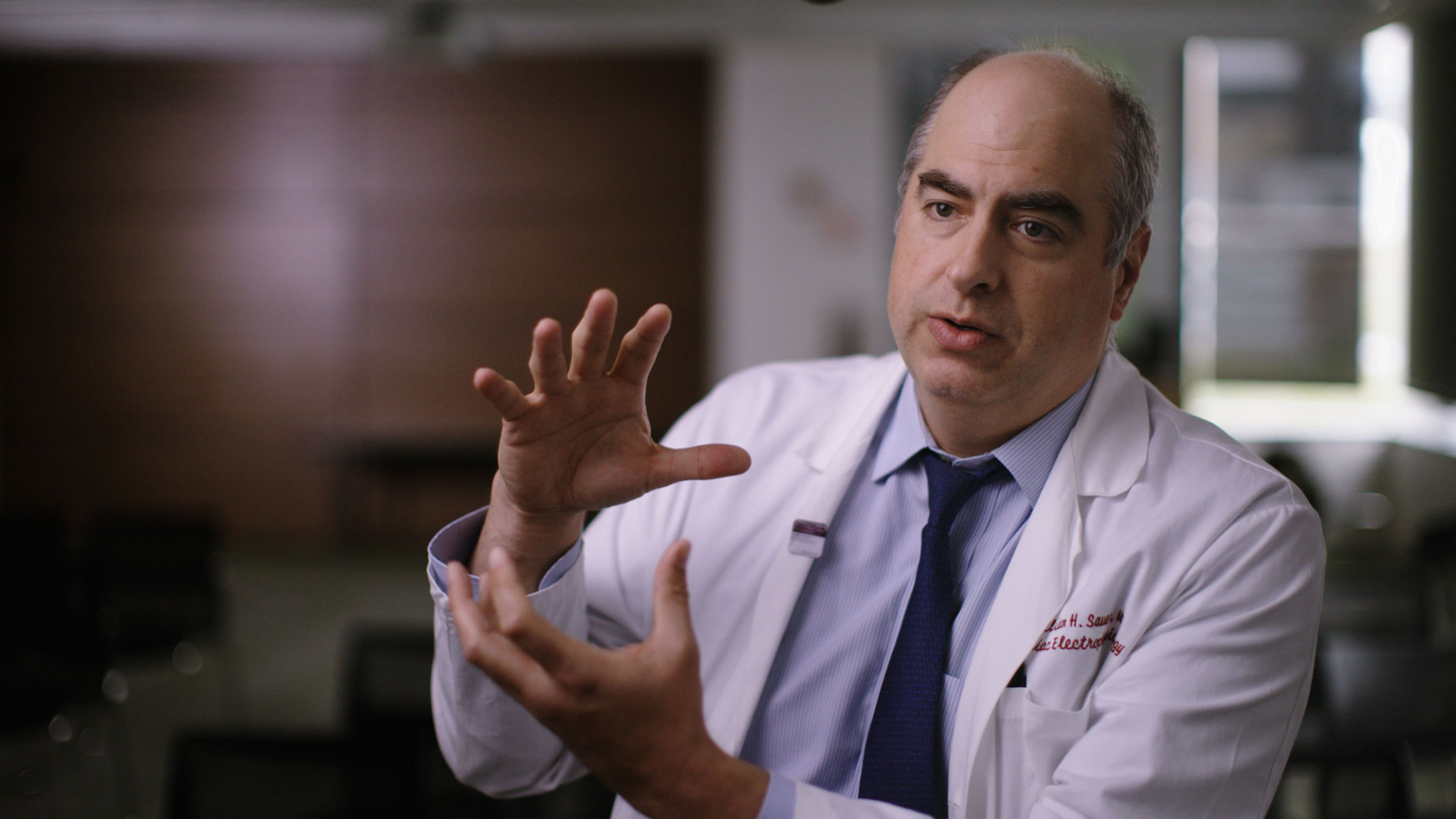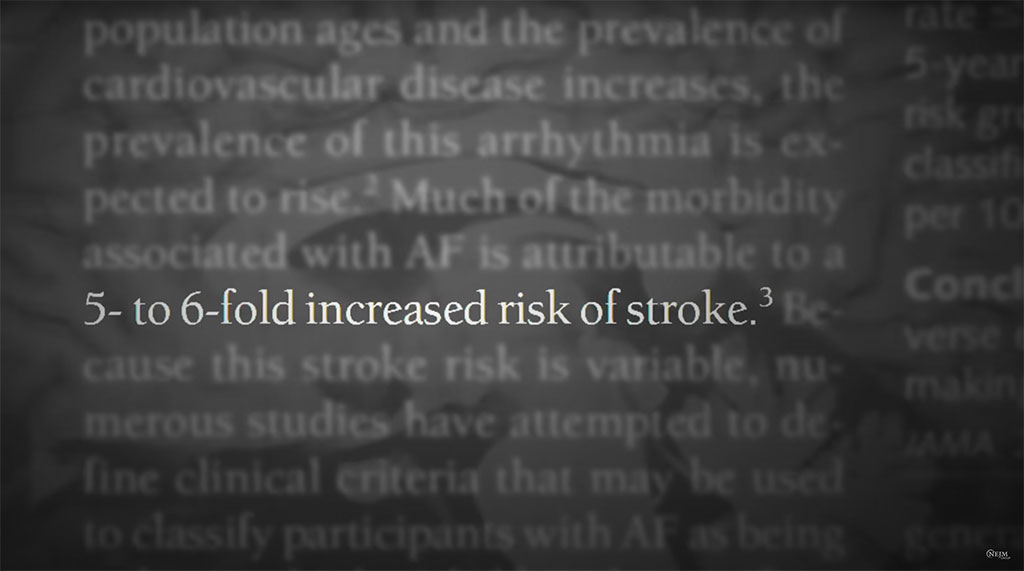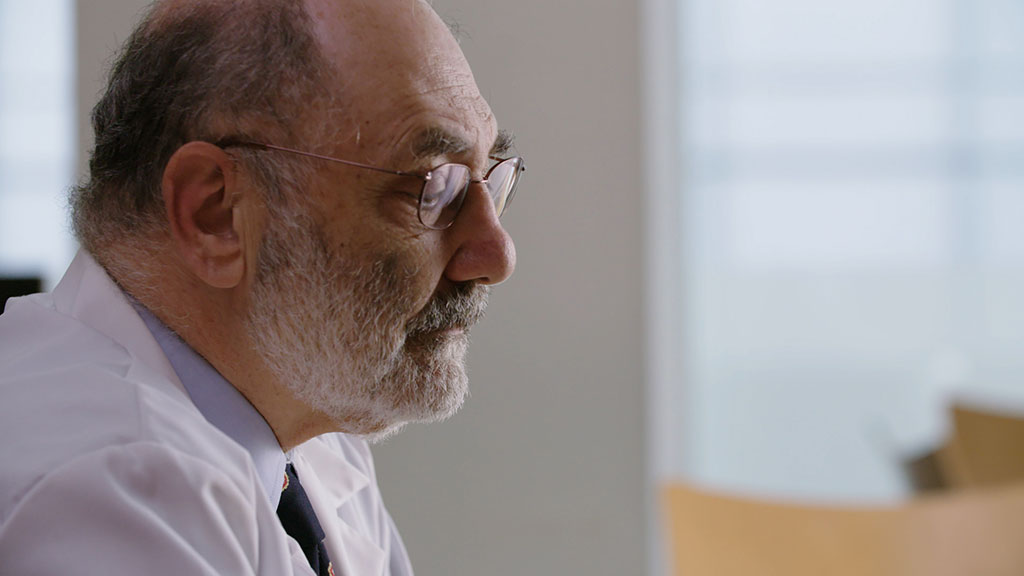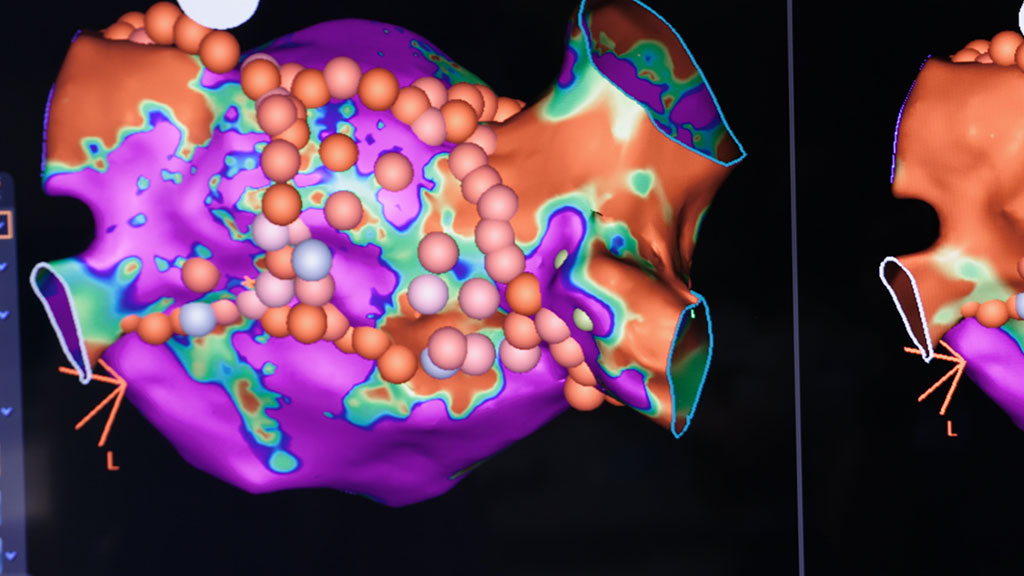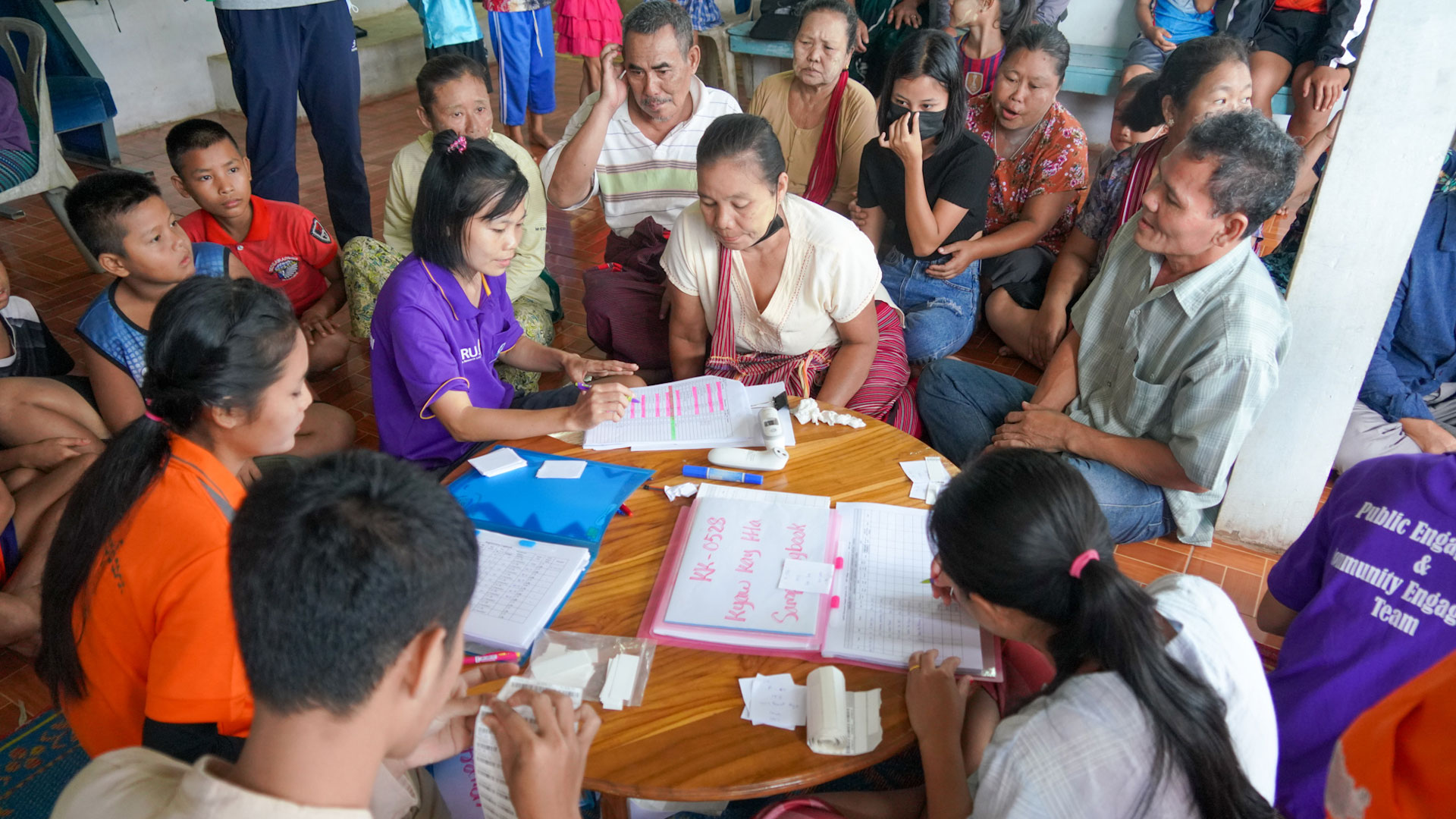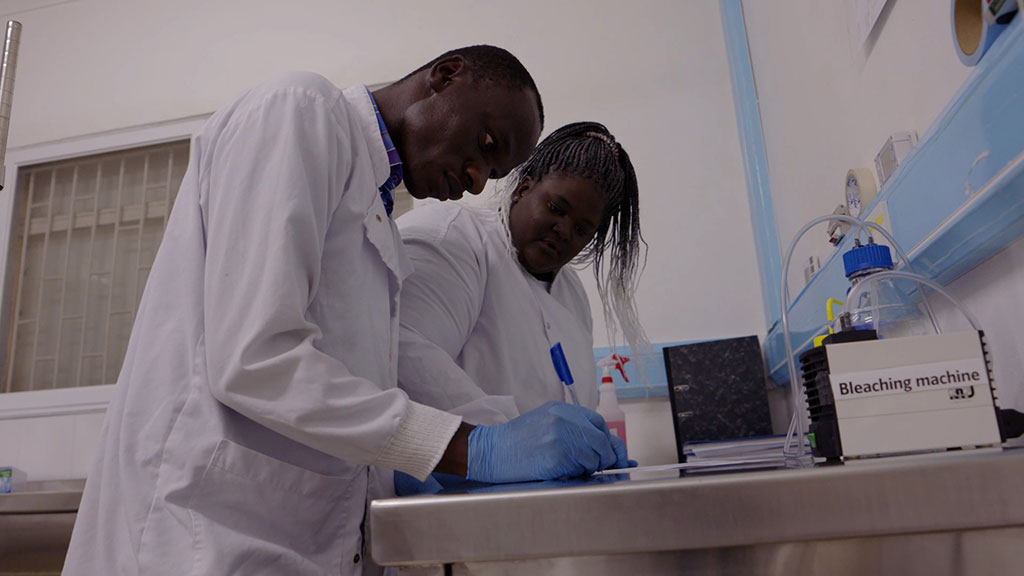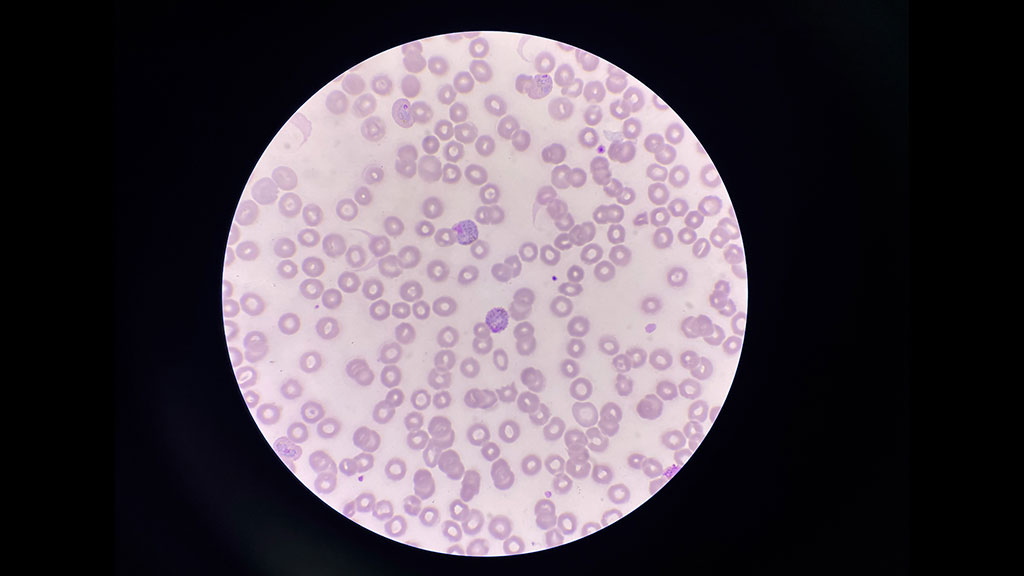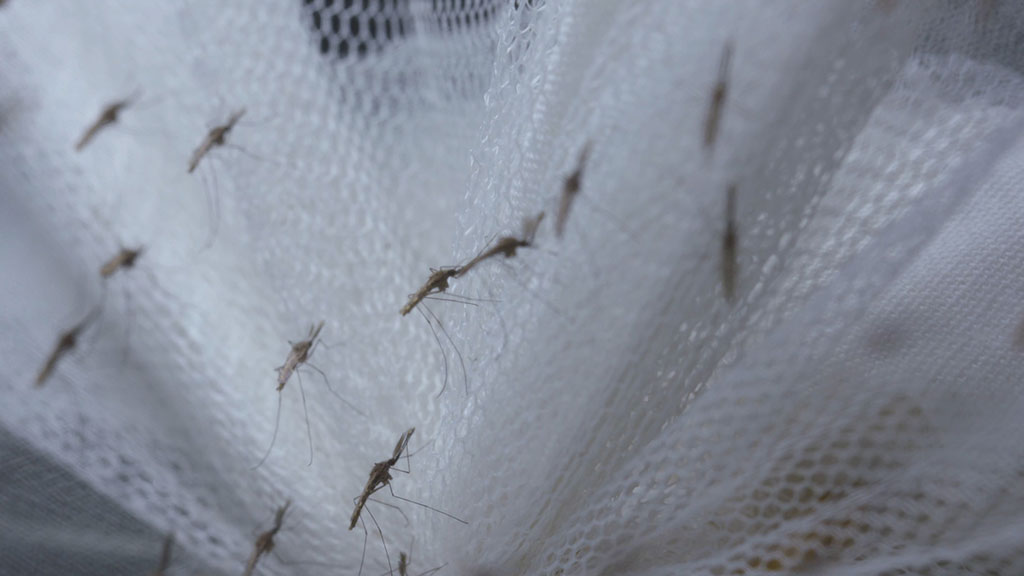double take season one
The new england journal of medicine
film production & story development
In 2022, Youtube announced they were partnering with the world’s most influential medical publisher, The New England Journal of Medicine (NEJM), to create a video series that would bring trusted health information to both medical audiences and non-medical audiences. The series, which NEJM named the Double Take series, explores culturally relevant and evidence-based health information in videos that are engaging, accessible and free to online viewers.
We were brought on by NEJM as their main external partner on the project. For season one, we created video stories on 5 topics— Sickle Cell Disease, Migraine, Weight and Health, Atrial Fibrillation, and Malaria. Through interviews with medical experts and patients, we dove deep into these topics and crafted video stories built for YouTube’s diverse audiences.
With the goal of reaching both physicians and patients, most topics include at least two videos designed for the distinct needs of these audiences. We further segmented the information into 60 second trailers for social media, with the goal of directing viewers to the longer videos hosted on YouTube and The New England Journal of Medicine website.


